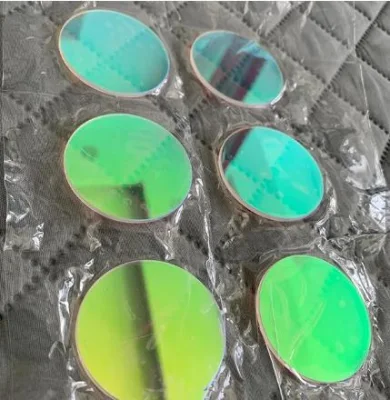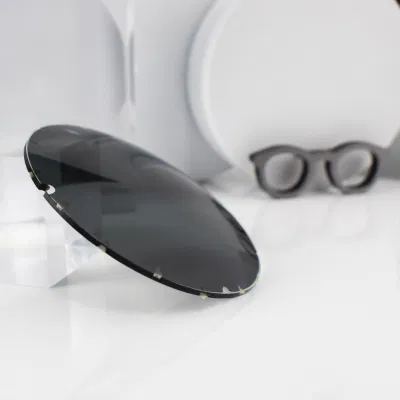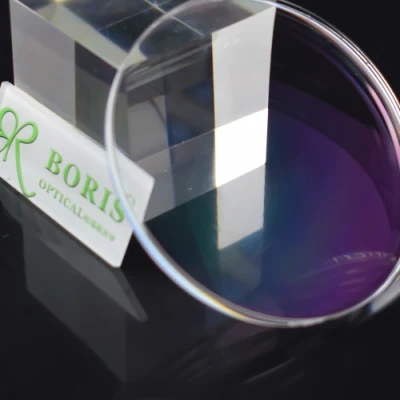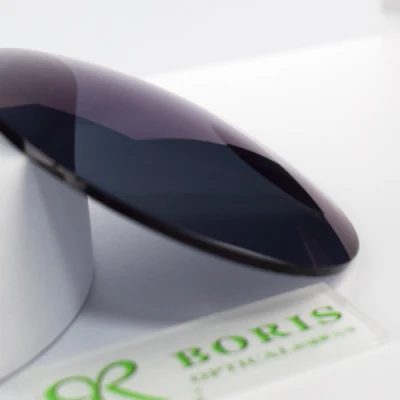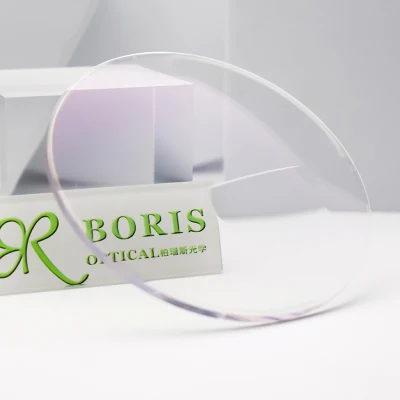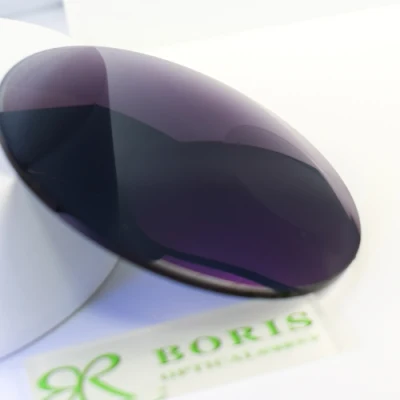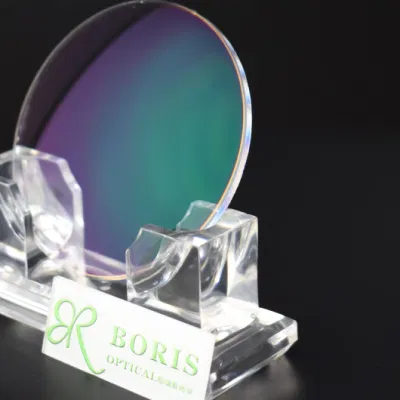Basic Info.
Product Description



| Quantity(pieces) | 1 - 100 | >100 |
| Lead time (days) | 7 | To be negotiated |
We can provide virtually any size, shape and quality required by the customer. The range covers more than 60 types including the following types in the visible wavelength range from 200 nm upwards:
- Band pass filters, which allow required ranges to pass through selectively
- Long pass filters, which block unwanted shorter wave ranges
- Short pass filters, which block unwanted longer wave ranges
- Neutral density filters, which have a virtually constant transparency especially in the visible range
- Conversion filters, which due to their spectral range increase or reduce the colour temperature of radiation sources
Materials
- Basic glass
- Ionically coloured glass
- Colloidally coloured glass
Forms of Supply for optical Glass Filters
- Polished filter:
Filters are available as polished plates or round discs with processed edges. Upon request, they are available thermally strengthened and/ or with protective/ antireflective coating - Filter glass prepared:
- With processessed edges
Rectangular plates and round discs with matt surfaces and processed edges - Edges not processed
Rectangular plates and round discs with matt surfaces and edges not processed. - Standard formats with non-processed edges:
Plate sizes 165 x 165 + 3-0 mm
Plate thickness 3.5 mm +/- 0.5 mm and 4.5 mm +/- 0.5 mm
Specifications
Dimensions: from 1 mm - 480 mm
Minimum thickness 0.1 mm
Tolerances Up to 0.001 mm
Surface quality Up to P 4 in compl. With DIN IS0 100110
Upon request, we can produce any size and thickness required within the framework of the maximum size permitted by the type of glass required.
Applications
Optical glass filters are used in a host of different applications. Optical glass filters are significant components in industrial measurement, control and regulation technology through analytical measuring methods in production, research and development all the way to environment protection and medicine with which to permit or block the transmission of specific spectral ranges.
Filter Glass Types
- UG Black and blue glass which permits the transmission of UV light
- BG Blue, blue-green and bandglass
- VG Green glass
- GG Yellow glass which permits IR light transmission
- OG Orange glass which permits IR light transmission
- RG Red and black glass which permits IR light transmission
- NG Neutral glass with virtually constant radiation weakening in the visible range
- N-WG Colourless glass with different cut-off positions in the UV range and which allows IR and visible light transmission
- KG Virtually colourless glass with high transmission of visible light and absorption of radiation in the IR range
- FG Blue and brown coloured glass (conversion glass)
A sphere is defined by a single radius of curvature. Aspheric Lens have at least one aspherical surface. Optical engineers generally think of aspheric surfaces as aspheric, rotationally symmetric surfaces. The radius of curvature of the aspheric surface varies gradually from the center of the lens to the edge.
The surface profiles of aspheric lenses are not a portion of a sphere or cylinder. Their curvature radius varies with the central axis. Aspheric lenses have unique advantages over spherical lenses. For example, they can improve optical quality, reduce optical components and design costs. They are widely used in optical instruments, images and optoelectronics industries, such as digital cameras, CD players and high-end microscopic instruments.
Difference between aspheric lenses & spherical lenses:
Aspheric Lenses: Advantages & Disadvantages In a nutshell, aspheric lenses have the following advantages:
They provide a thinner profile
They are lightweight and comfortable
They could be fit into most frames so you have a wide choice of styles
They have a more natural and pleasing appearance
They don't make your eyes look too big or too small
They provide a better peripheral vision by eliminating distortion

1 . Correcting Astigmatism
One of the main applications of cylindrical lenses is in ophthalmology, specifically, to correct astigmatic vision. When a person presents astigmatic vision, it is usually the result of a corneal deformation. An astigmatic cornea will have different focal points at different axes. It is then possible to use a cylindrical lens to change the focal point of one of the axes to overlap the second one.
2 . Laser Line Scanning
This is a technique that is used to capture the shape of a 3D object into a digital copy. It is particularly useful in manufacturing, prototyping, landscaping, and architecture. This scanning technique measures the deformation of a straight line created by a cylindrical lens when it is incident into a non-flat surface. By using cameras and triangulation, it is possible to measure the changes in the shape of our laser line and therefore estimate the shape of the object that we are measuring. If you would like to learn more about Laser Line Scanning please leave a comment.
3. Laser Scanning Microscopy
They are usually used in combination with acousto-optic deflectors, where the focal point of a variable lens (the acousto-optical elements) can change its position laterally without the use of movable parts. The cylindrical lens corrects the image and helps focus the light spot onto the correct plane for laser scanning microscopy.
Q1:Can you send me free samples or Can i have an sample order ?
A: Yes, We accept sample orders, and we're also willing to send you free sample to test and check its quality . if we don't have the item in stock , then you could place an sample order.
Q2: How many days can i get my package after placing order?
A: If the order needs customized also the quantity is big. it will take around 10-30 wroking days to produce then shipping.
Q3: OEM services available?
A: Sure, please send us your design paper on platform to confirm more details information.
Q4:We have a commercial project,Can you help me offer an optical design solution ?
A:Yes, we have professional experts who are engaged in optical design for more than 25 years , please send us more detail of your project,we will supply our most suitable solutions for you.
Q5: What shipping methods do you have?
A: For small quanities or sample could by express such as: Fedex, UPS, DHL, EMS, etc. Large scale quantity in your demands:by sea/train ,or by air.In your requests.

